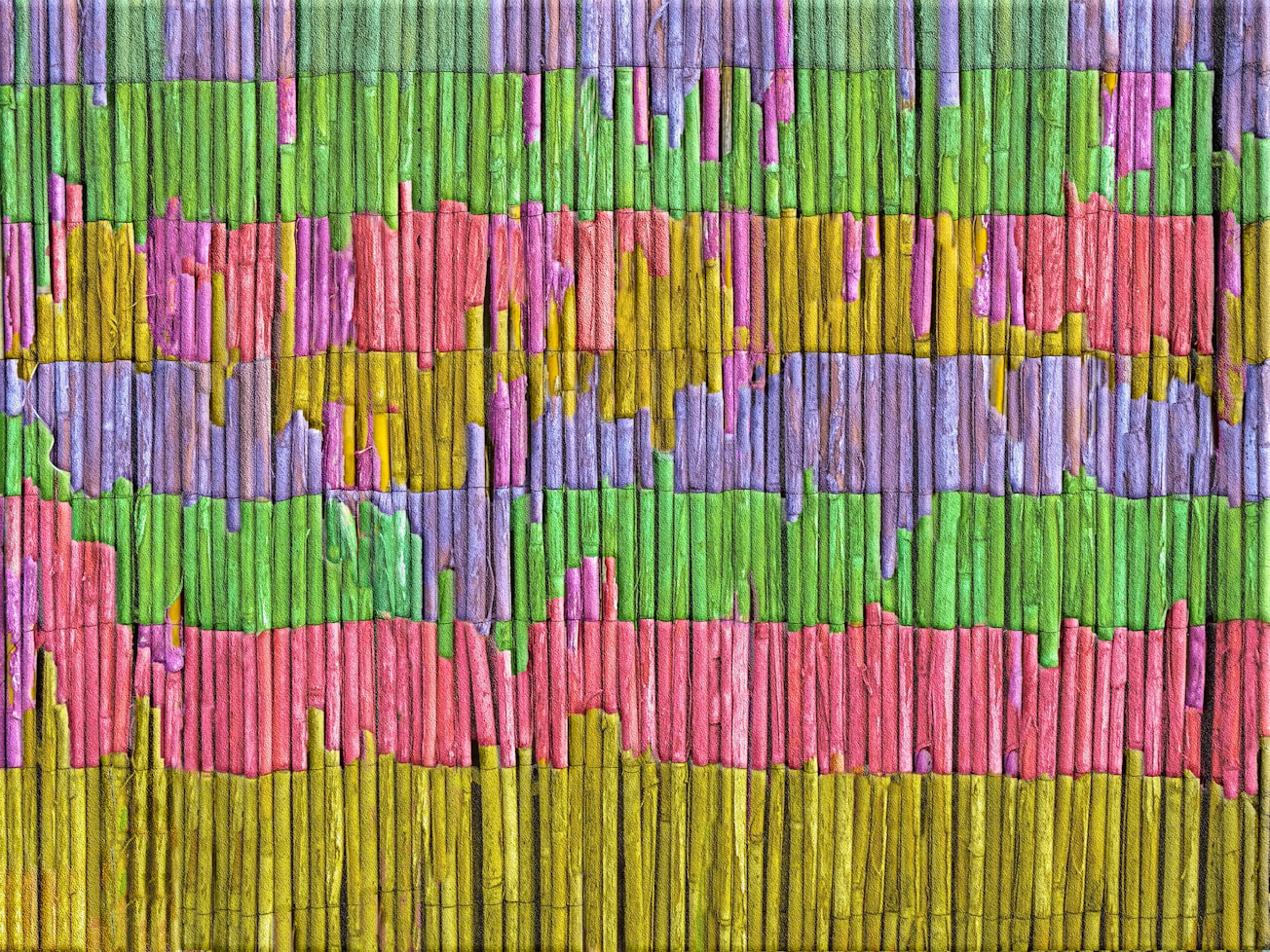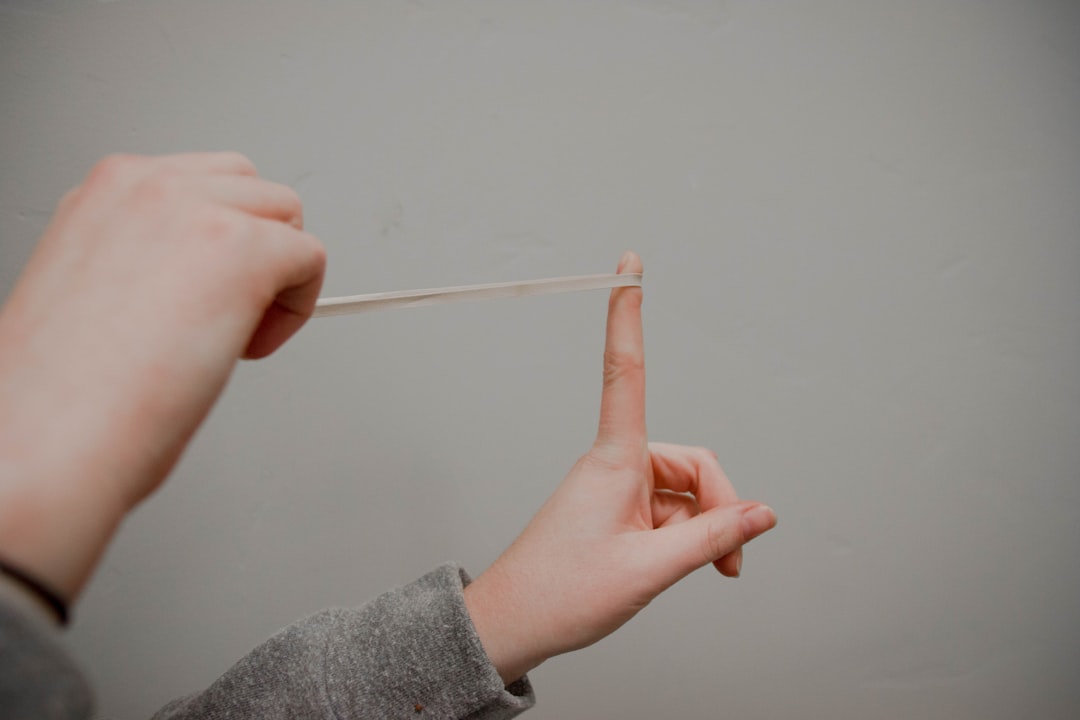What is it about?
Thermoresponsive polymer brushes have been grown on micropatterned substrates and an atomic force microscope has been used to measure the brush height and adhesion to the AFM tip. The polymer brushes undergo reversible phase changes in water at 32 °C (the polymer’s lower critical solution temperature), with polymer properties switching from hydrophilic (water-liking) to hydrophobic (water-hating).
Featured Image

Photo by Gordana Milosevic on Unsplash
Why is it important?
Tailoring properties of materials according to temperature, and other stimuli such as pH, is an important step in making switchable patterned surfaces that could form new classes of microdevices.
Perspectives
This paper remains the most cited article in which I have contributed. A free post-print version of the paper will be available here shortly in the Resources section (see right-hand-side panel).
Dr James R Smith
University of Portsmouth
Read the Original
This page is a summary of: Variable Adhesion of Micropatterned Thermoresponsive Polymer Brushes: AFM Investigations of Poly(N-isopropylacrylamide) Brushes Prepared by Surface-Initiated Polymerizations, Advanced Materials, August 2002, Wiley,
DOI: 10.1002/1521-4095(20020816)14:163.0.co;2-7.
You can read the full text:
Contributors
The following have contributed to this page










